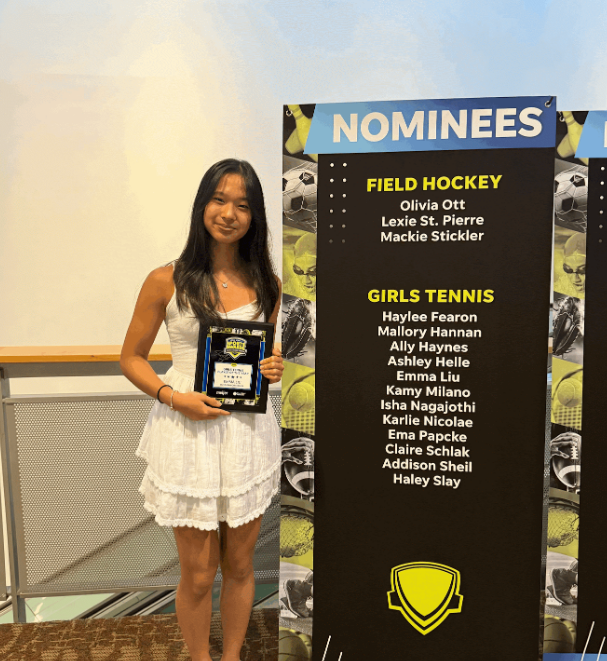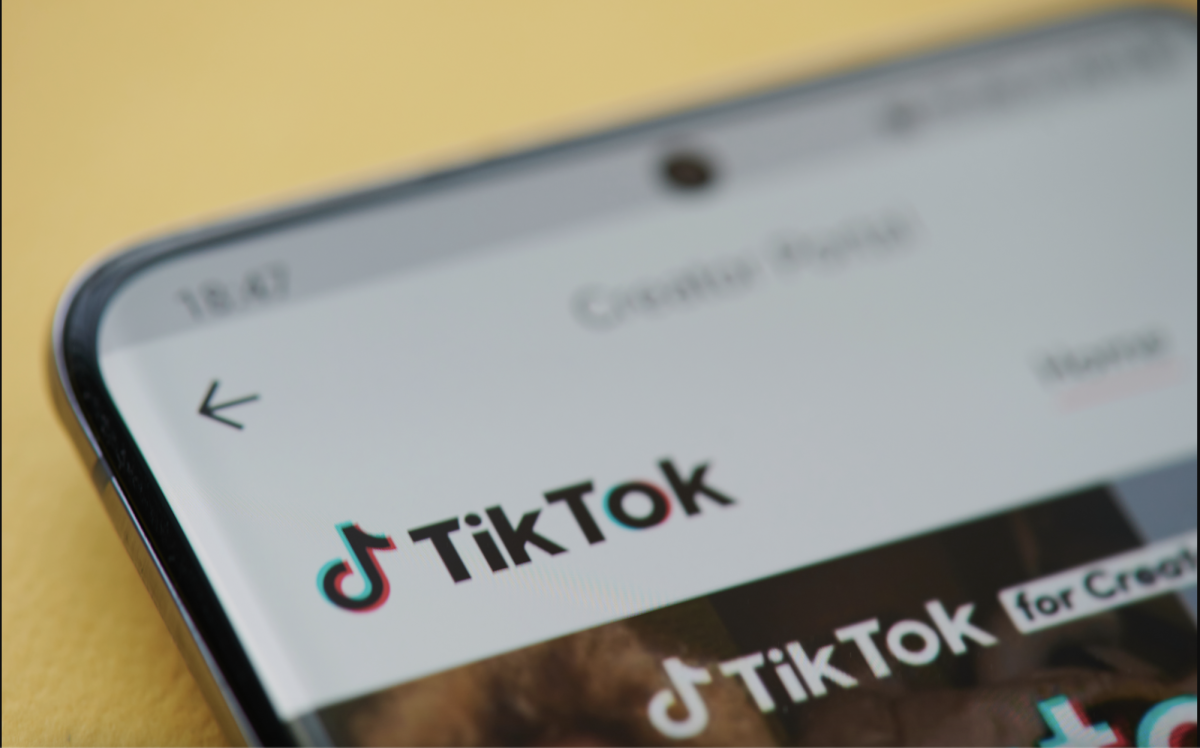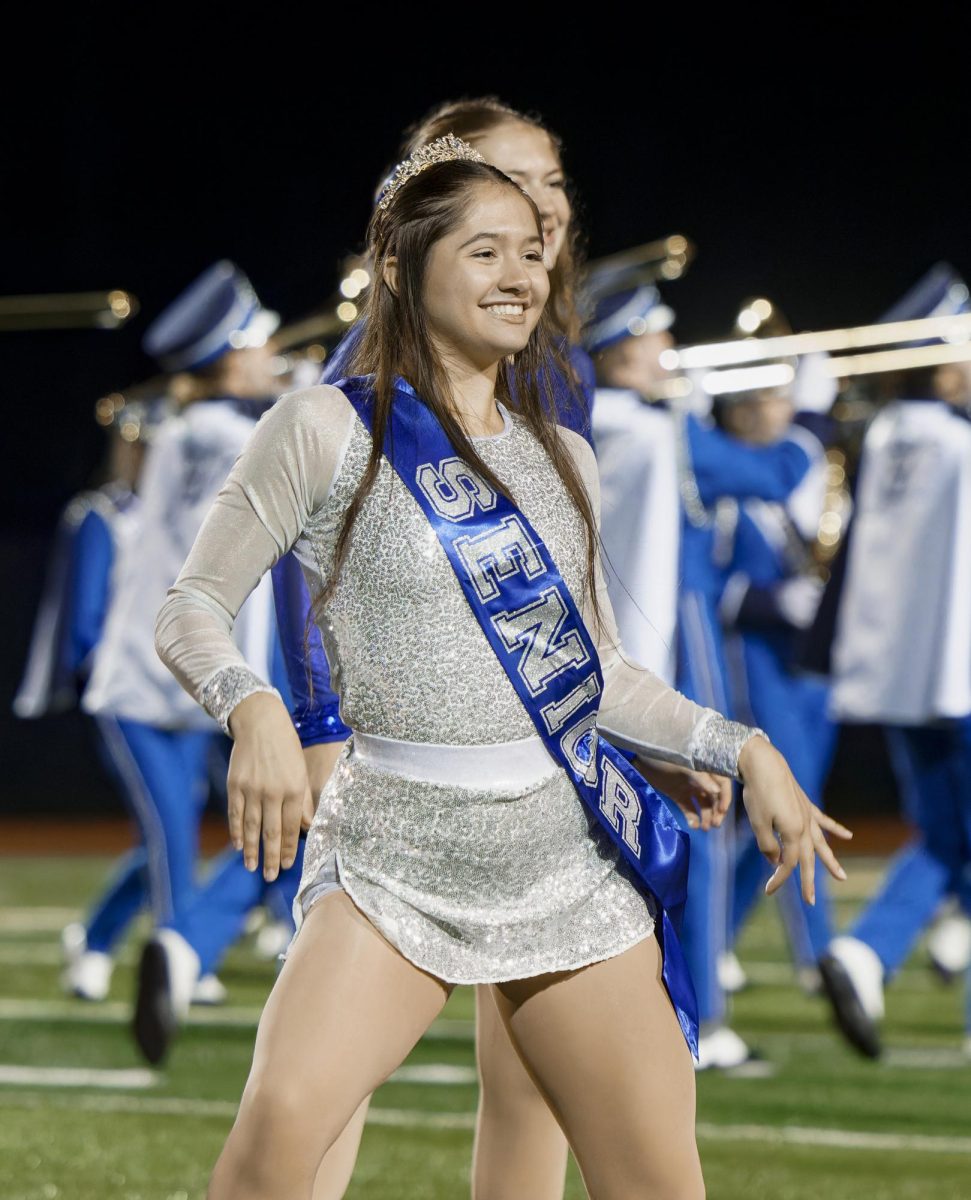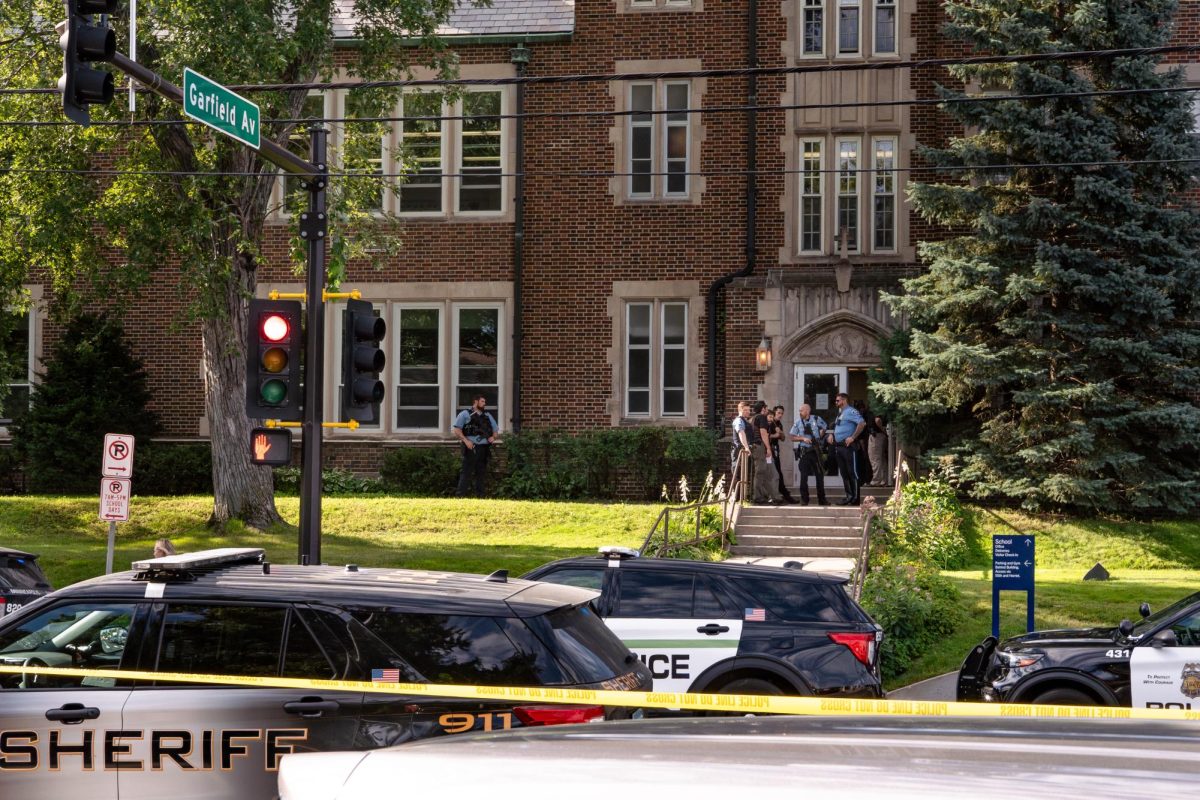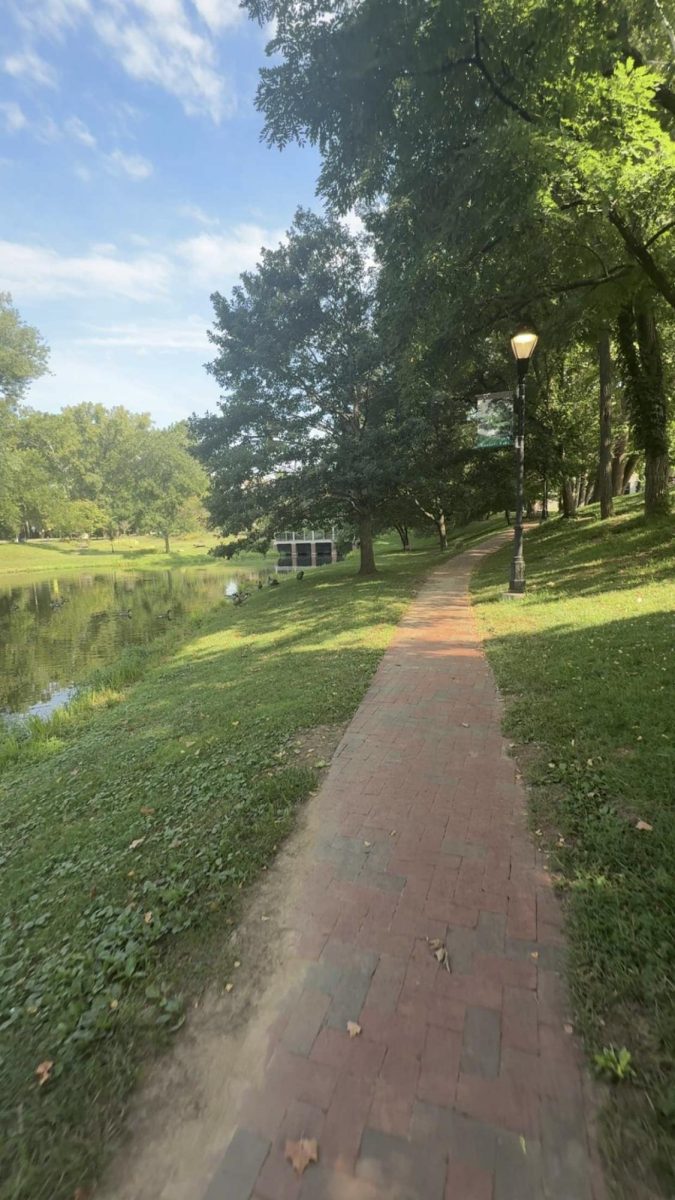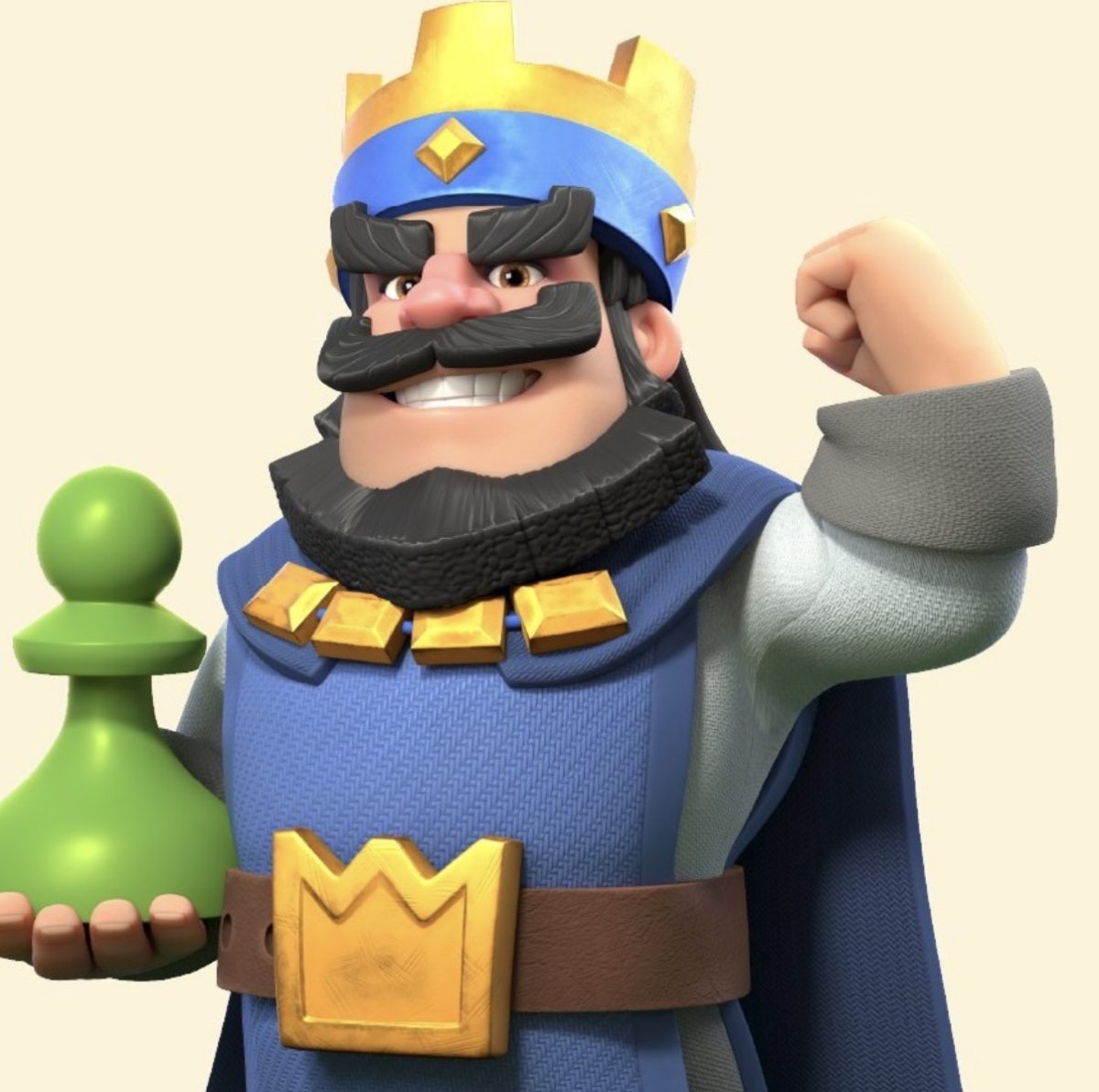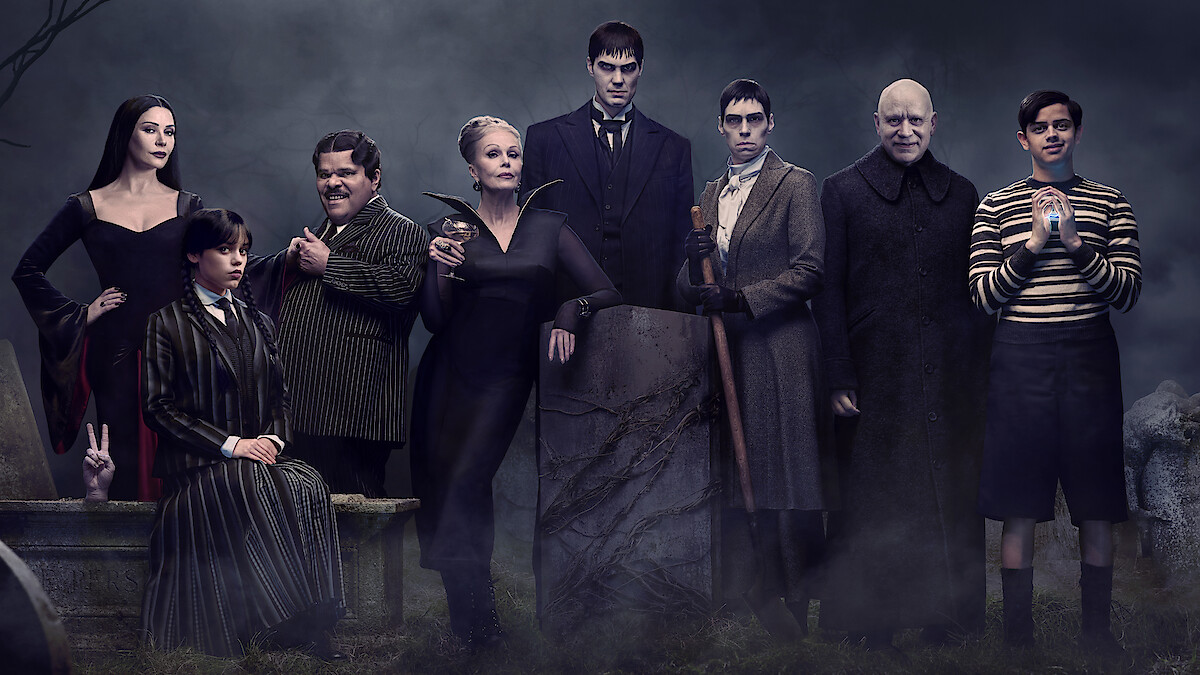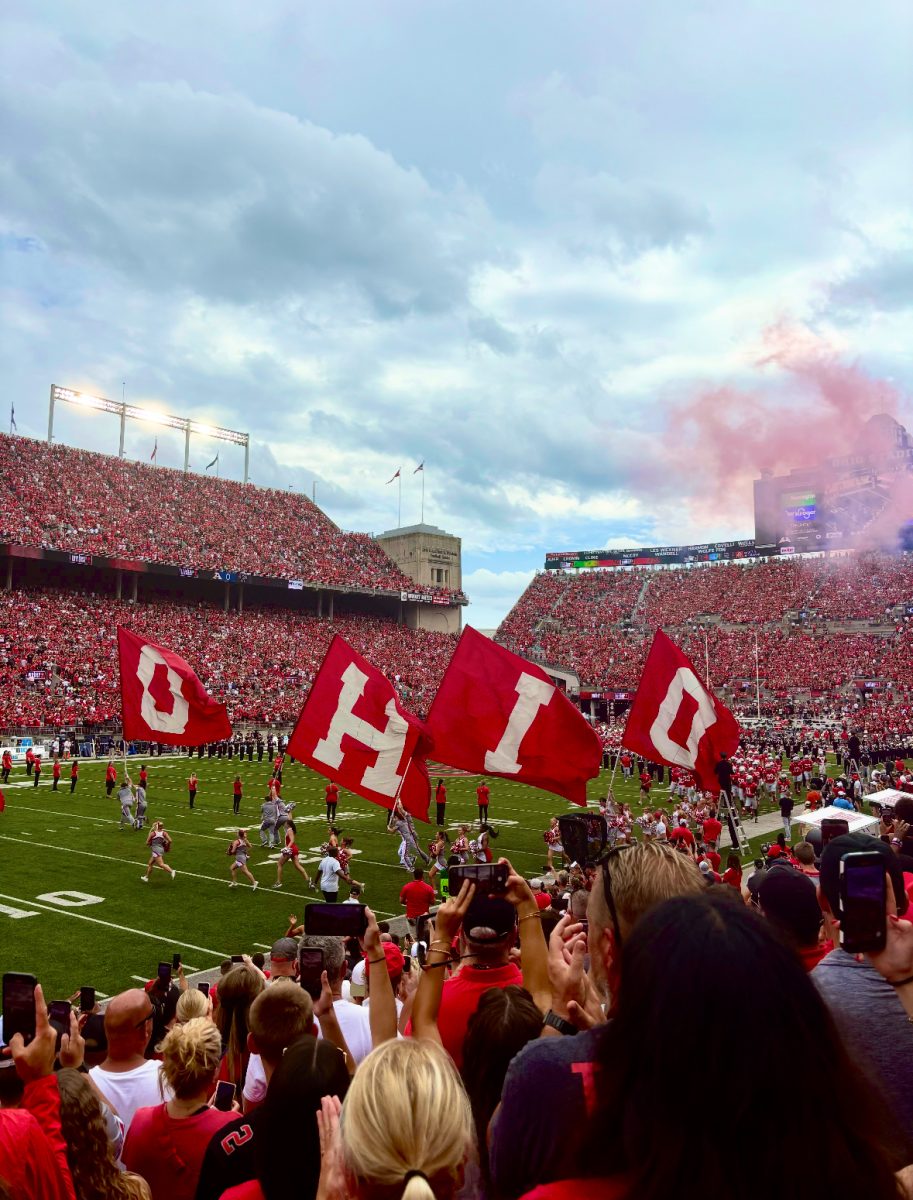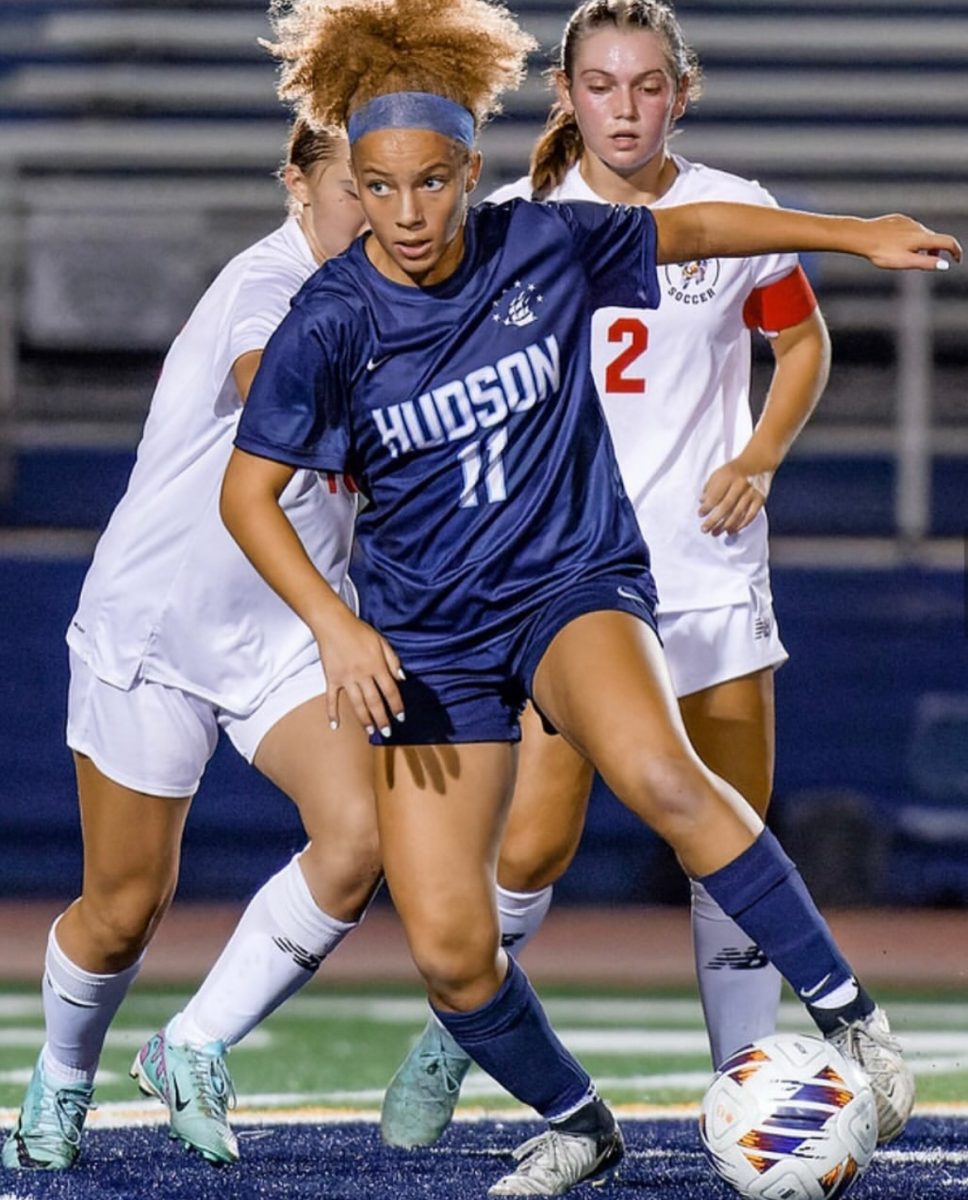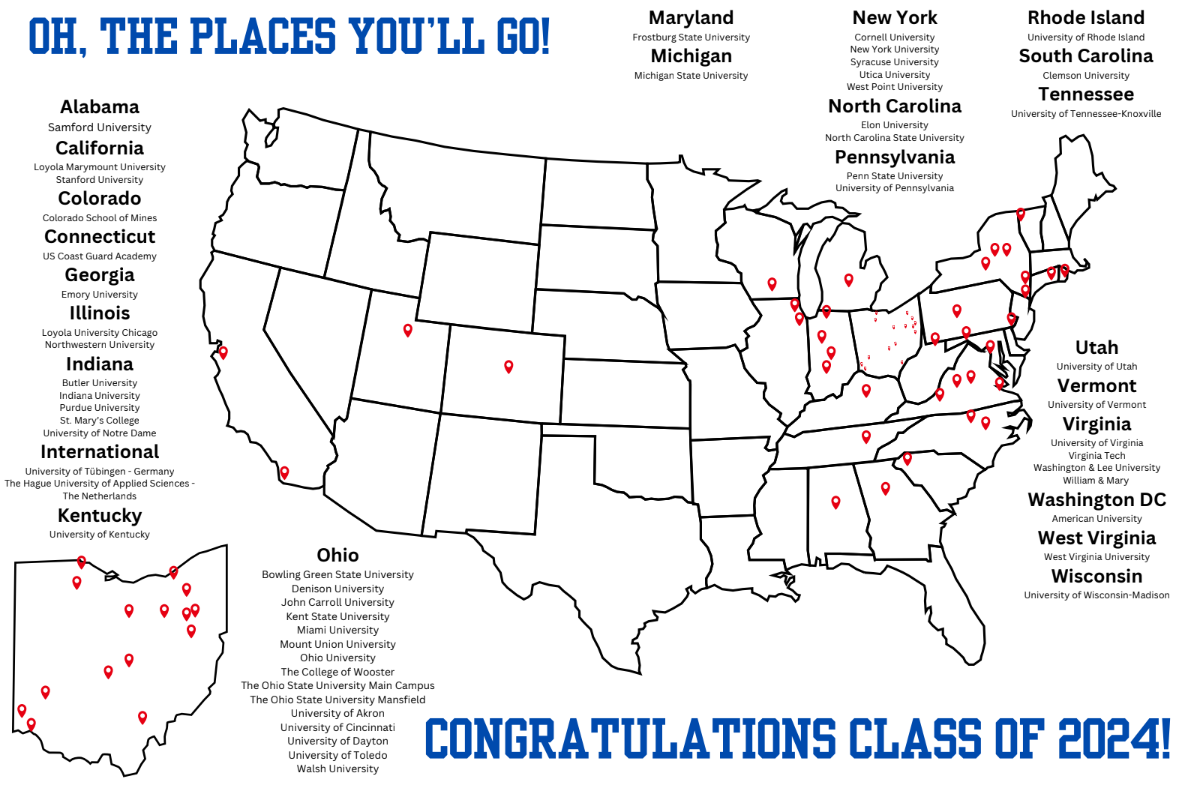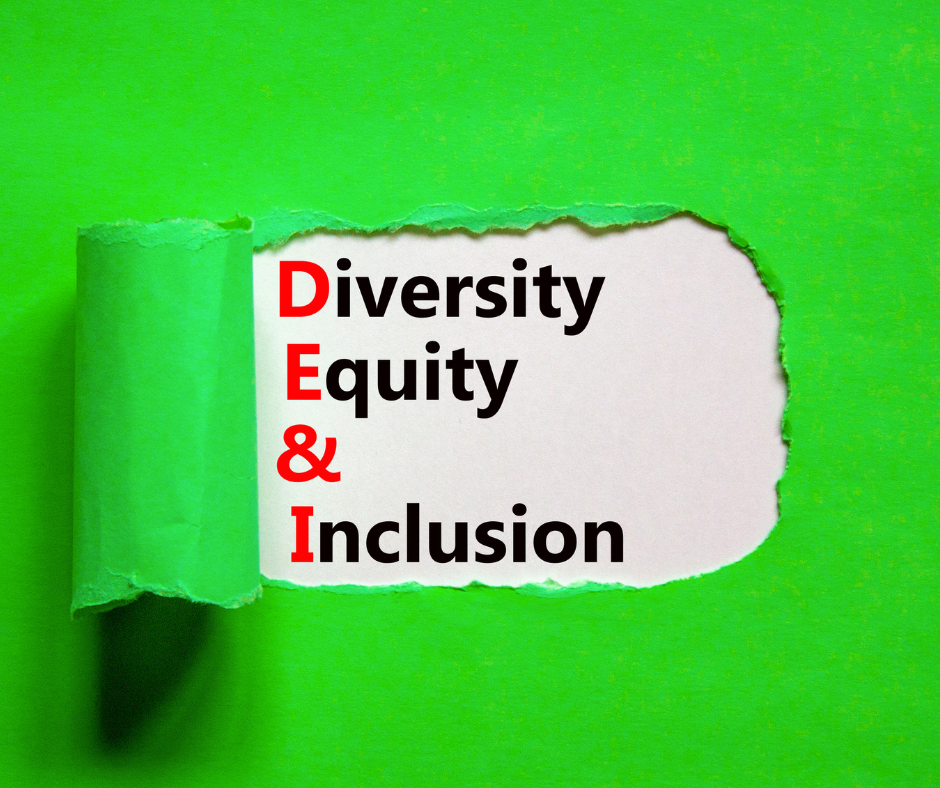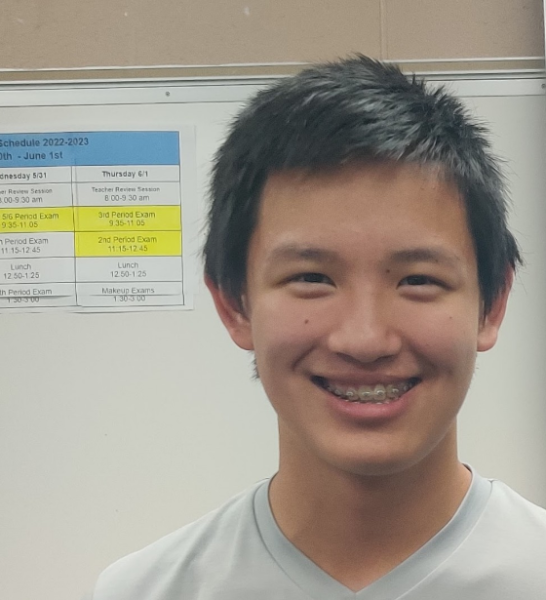Having diverse perspectives allows for new ideas and new thoughts to be promoted. It can also break down prejudices and remove long-standing stereotypes. Diversity, equity and inclusion can help break down current-day stereotypes and biases that we have in our present day, and it can help us understand why these prejudices and stereotypes exist.
Our history textbooks lack a diverse and new perspective. So much of marginalized groups’ history is forgotten. We miss out on many important events because we are so focused on the largest, more significant events. What we need is more personal experiences like memoirs and personal journal entries. This would help make it more relatable and see where these people come from. History provides a contextual framework for understanding the root causes of present-day inequities and biases. History underscores the importance of treating all individuals with dignity and respect. It teaches us that language has the power to either uplift or harm, to either include or exclude. That’s why having a more inclusive curriculum that involves personal memoirs or journals from marginalized groups.
Educators have a substantial influence on a student’s life. They are the architects of the curriculum. Lois Elfman highlighted the determined efforts of institutions such as Case Western to attain a diverse faculty. Pursuing varied representation is important, infusing education with viewpoints, life stories, and expertise—ultimately enriching the manifold student experience. Diverse teachers serve as role models for students from different backgrounds and cultures. diversity of perspectives enriches classroom discussions, encourages critical thinking, and fosters a more inclusive learning environment.
We all want to be seen and understood for who we truly are. Our Panorama Survey said that 50% of students grapple with a sense of belonging. This disconnect could stem from a lack of full knowledge by peers. Each person brings their unique background and perspectives, which can shape their understanding of others. Acknowledging that this dynamic can lay the groundwork for misconceptions and inadvertently foster exclusion is important. Most of us opt out of engaging with clubs like Dear Asian Youth or DESI, perceiving them as unrelated to their own narratives.
A primary contention against adopting this system is its potential to oversimplify and classify individuals starkly—dividing them into the oppressed or the oppressor. Nevertheless, this assertion doesn’t capture the intricate reality, for within us all lies a blend of both roles. When discussing inclusion, the focus is almost invariably on people’s feelings rather than the tangible day-to-day experiences that lead to those sentiments. Labeling individuals into the binary of “oppressed” and “oppressor” is essential as it aims to nurture a more holistic comprehension of our experiences. This strategy tries to start inclusive dialogues, which can lead to societal transformative changes.
By implementing proactive solutions such as inclusive curriculum and community engagement, we can cultivate an inclusive society where everyone feels valued and understood. Let us embrace diversity and shape a better future for all. We have all felt alone and inferior before. Through DEI and the inclusion of all people, no matter how they identify or express themselves, we can work to create a society that is inclusive of all people.


